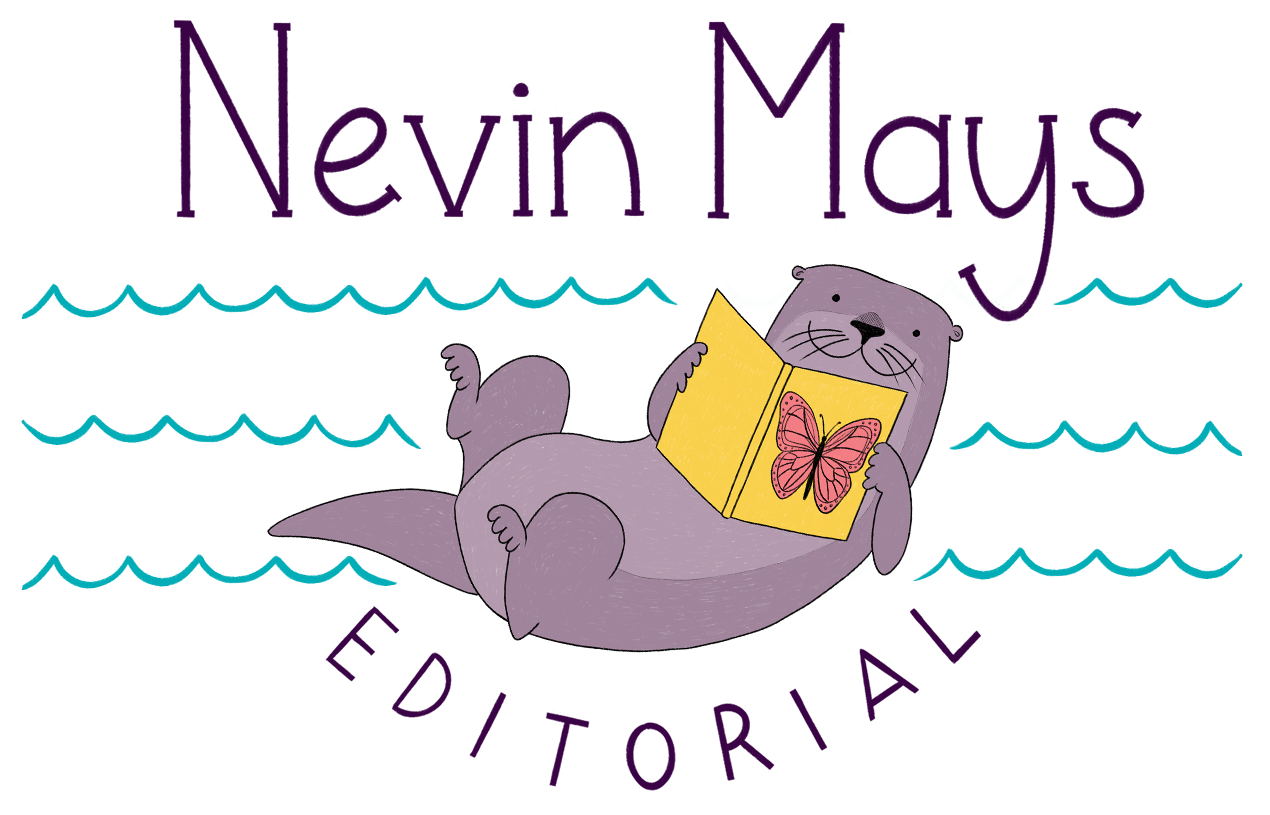Why use repetition in picture books?
Repetition plays a major, if not always obvious role, in most storytelling. It can help build patterns, which is useful in guiding readers to particular conclusions or in solving a mystery, or it can create a feeling of familiarity and comfort, which helps readers understand and buy-in to new ideas. In picture books and books for new reading learners it helps with memorization and internalization. Also, it can be really fun!
Today I’m going to focus on repetition in picture books. Specifically the repetition of words in picture books.
If you’ve ever read a book aloud with a toddler or preschooler, you’ll know that at some point every listener wants to be the storyteller. One of the ways they practice this is by listening to a story over and over, memorizing it, and then saying the words along with their caregiver on subsequent readings. Authors can support this behavior by including repeated lines or words at predictable moments of the plot that young listeners can start to say even the first time they hear the story.
In Dandy, by Ame Dyckman (I know, I use this book a lot…it’s a really well crafted picture book!), each time Daddy tries to get rid of the weed the narrator says, “But Sweetie was there.” And then Sweetie says “Hi, Daddy!” Every time. Every. Time. So by the third instance, young readers are easily prompted to read those two lines along with their caregiver. It encourages readers and listeners to engage with the story. It encourages them to pay close attention for the next instance of the repeated line. Throughout the story, “Hi, Daddy!” occurs six times, and “But Sweetie was there” occurs four times. Lots of opportunities for this story to become an interactive experience.
If you’re worried it will get too repetitive and boring, don’t. One thing Dyckman does is change it up, just once in a while. So the fourth instance of “But Sweetie…” actually is: “But Sweetie was ALWAYS there.” Also, she slips in one “Bye, Daddy!” as well. So, as you can see, the line is still easily predictable for young listeners.
Dyckman and her illustrator, Charles Santoso, don’t leave it as simple as repeating the line. They use visuals to help readers know when their line comes up. Every “Hi, Daddy!” (and the one “Bye, Daddy!”) is printed in color. The rest of the text is black. So there’s one more simple visual reminder that this is a repeated line and it helps clarify whose line it is—the child’s.
Lots of other books do something similar, giving young readers their moment to be the storyteller, to interact with the book, to practice reading/storytelling/talking/predicting.
Think about how you can use repeated text in your story. It might be the first line or last line of a phrase, or a question that introduces a page turn, or a particular word that gets reused, or a line used to describe a type of situation or a character, or a line spoken by a character, as in Dandy.
Check out these great mentor picture books that employ repeated lines successfully:
Thank You, Omu!, by Oge Mora
Guess Again!, by Mac Barnett, illustrated by Adam Rex
Owl Babies, by Martin Waddell, illustrated by Patrick Benson
The Pout-Pout Fish, by Debora Diesen
